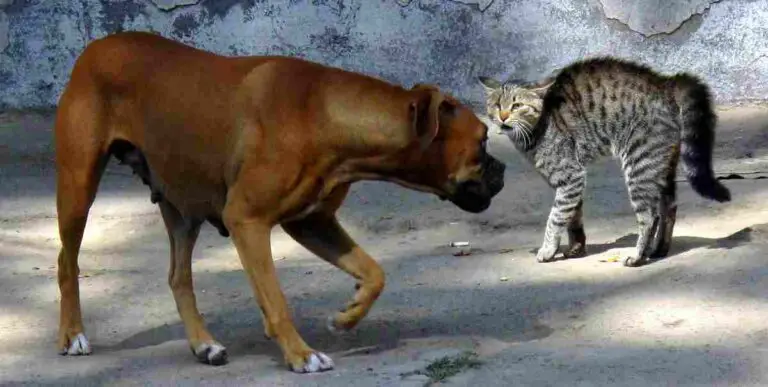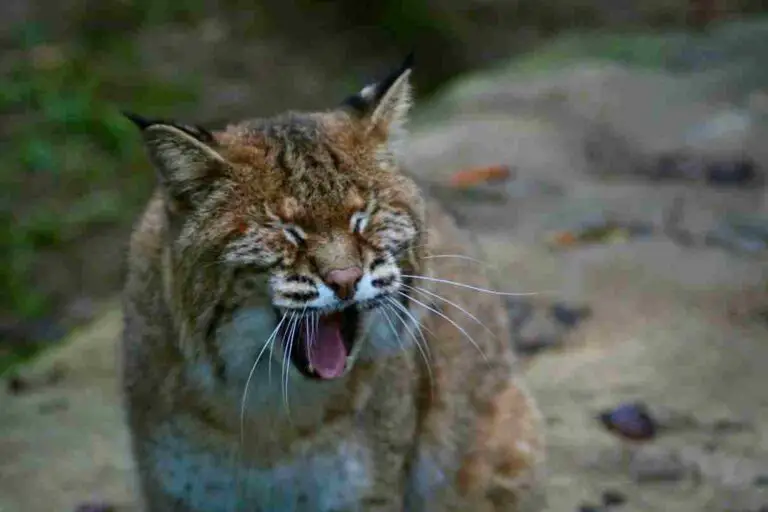Wolf Vs Bear Size, Weight, Ecological Comparison
When comparing a bear and a wolf, it is clear that a single bear has the advantage in a physical confrontation. Its superior strength, size, weight, bite force, and aggression make it a formidable opponent. However, it is important to note that a pack of wolves can overpower a bear.
In this article, we will explore various factors such as taxonomy, appearance, size, weight, and more to compare these two apex predators.
Reasons Why a Bear Will Win a Wolf In a Fight/Physical Confrontation
I). Size and Weight Advantages
One of the main reasons why a bear would win in a fight or physical confrontation against a wolf is its size and weight advantage.
Bears are significantly larger and heavier than wolves, giving them a clear advantage in terms of physical presence. A fully grown adult male bear can weigh up to 1,500 pounds, while a wolf typically weighs around 100 pounds. This stark difference in size and weight allows bears to overpower wolves with ease.
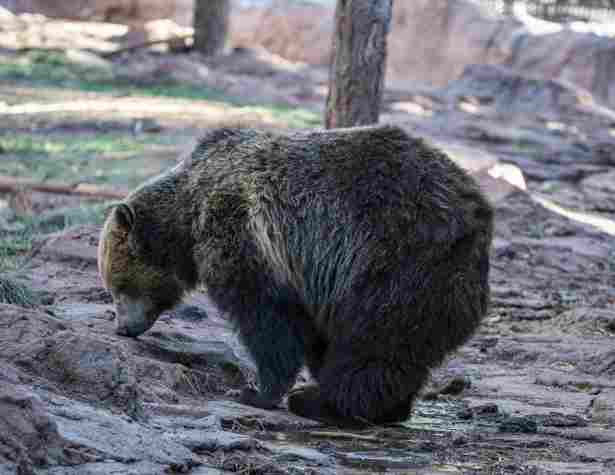
II). Superior Strength
In addition to their size advantage, bears also possess superior strength compared to wolves. Bears have powerful muscles and strong limbs, enabling them to deliver devastating blows and overpower their opponents. Their strength allows them to easily subdue a wolf and defend themselves effectively in a confrontation.
III). Bite Force
Bears also have a much stronger bite force compared to wolves. With their large and powerful jaws, bears can deliver a crushing bite that can cause severe damage to their opponents. This advantage in bite force gives bears the ability to inflict significant injuries on wolves, further increasing their chances of winning a fight.
IV). Aggressiveness
Lastly, bears are known for their aggressiveness, especially when provoked or threatened. They have a natural instinct to defend themselves and their territory, making them fierce opponents in a physical confrontation. Bears are not easily intimidated and will fight back fiercely, making it difficult for a wolf to overcome their aggression.
*Details of Comparison
1). Taxonomy
The taxonomy of wolves and bears reveals interesting insights into their evolutionary history and relationship. Wolves belong to the genus Canis and the species lupus, while bears belong to the genus Ursus, with different species such as Ursus arctos (brown bear) and Ursus americanus (black bear).
When comparing the taxonomy of these animals, it is evident that they belong to different genera and species, indicating their distinct evolutionary paths. Wolves are more closely related to domestic dogs, coyotes, and other canids, while bears have their own unique lineage within the Ursidae family.
Understanding the taxonomy of these animals helps us appreciate their diverse characteristics and behaviors. While wolves and bears may share some similarities in terms of their ecological roles and interactions with their environments, their taxonomic differences highlight their unique adaptations and evolutionary trajectories.
Therefore, the taxonomy of wolves and bears distinguishes them as separate species within different genera. This classification provides a foundation for further exploration of their physical attributes, behaviors, and ecological roles.
2). Appearance
Both animals have different coats, fur, and skin characteristics that contribute to their survival and camouflage abilities.
Wolves have a dense coat of fur that helps them withstand harsh weather conditions. Their fur can vary in color, ranging from gray to brown, and even white in some Arctic subspecies. This color variation allows them to blend into their surroundings, providing effective camouflage during hunting or when they need to remain hidden from potential threats.
On the other hand, bears have a shaggy coat that provides insulation and protection. Their fur can also vary in color, with brown bears being the most common, but they can also be black, white, or even a combination of colors. This variation in fur color helps bears adapt to different habitats and environments.
In terms of stature and build, wolves have a slender and agile body structure. They have long legs and a streamlined shape, which enables them to move swiftly and navigate through various terrains. Bears, on the other hand, have a more robust and powerful build. They have a stocky body, strong limbs, and a hump of muscle on their shoulders, which gives them the strength and endurance needed for activities such as digging, climbing, and foraging.
Therefore, the appearance of wolves and bears showcases their unique adaptations to their respective environments. While wolves have a dense coat for weather resistance and camouflage, bears have a shaggy coat for insulation and protection. Additionally, wolves have a slender and agile build, while bears have a more robust and powerful stature.
3). Size
Bears are much larger than wolves, based on all metrics of size assessment.
Wolves typically measure between 4.5 to 6.5 feet in length, with an additional 1 to 1.5 feet for their tail. At the shoulders, they stand around 2.5 to 3 feet tall. On the other hand, bears can vary significantly in size depending on the species. Grizzly bears, for example, can reach lengths of 6 to 8 feet, with an additional 2 to 3 feet for their tail. At the shoulders, they can stand as tall as 3 to 4 feet.
In terms of weight, wolves generally weigh between 70 to 120 pounds, with males being larger than females. Bears, on the other hand, can be much heavier. Grizzly bears, for instance, can weigh anywhere from 300 to 1,500 pounds, with males being significantly larger than females.
These size differences between wolves and bears are significant and reflect their different ecological roles. Wolves are highly adapted for agility and speed, allowing them to chase down prey efficiently. Bears, on the other hand, rely more on their strength and size to forage for food and defend themselves.
4). Weight
When comparing the weight of wolves and bears, it becomes evident that bears are significantly heavier than wolves. Wolves generally weigh between 70 to 120 pounds, with males being larger than females. On the other hand, bears can vary greatly in weight depending on the species. For example, grizzly bears can weigh anywhere from 300 to 1,500 pounds, with males being considerably larger than females.
The weight difference between these two animals is substantial and plays a crucial role in their ecological roles. Wolves, with their lighter weight, are adapted for agility and speed, allowing them to chase down their prey efficiently. Their leaner build enables them to navigate through various terrains swiftly. In contrast, bears rely more on their strength and size due to their heavier weight. This weight advantage allows them to forage for food more effectively and defend themselves against potential threats.
The weight discrepancy between wolves and bears showcases the diverse strategies these animals employ to survive in their respective habitats. While wolves rely on their speed and agility, bears utilize their sheer size and strength.
5). Speed and Agility
When comparing the speed and agility of wolves and bears, it is clear that wolves have the advantage in this aspect. Wolves are known for their incredible speed and agility, allowing them to chase down their prey with precision. With their lean and muscular bodies, wolves can reach speeds of up to 35 miles per hour, making them highly efficient hunters.
On the other hand, bears are not known for their speed and agility. Due to their larger size and heavier build, bears are slower and less agile compared to wolves. Bears have a top speed of around 30 miles per hour, but they cannot sustain this speed for long distances. Their bulkier bodies make it more challenging for them to navigate through dense forests or chase down fast-moving prey.
The difference in speed and agility between wolves and bears is a result of their different ecological roles. Wolves rely on their speed and agility to hunt and capture prey, while bears rely more on their strength and size to forage for food and defend themselves. This contrast in physical abilities allows each species to thrive in their respective habitats.
Therefore, wolves have the upper hand when it comes to speed and agility. Their lean and muscular bodies enable them to move swiftly and efficiently, making them formidable hunters. Bears, on the other hand, may not be as fast or agile, but their strength and size compensate for this, allowing them to survive and thrive in their own unique way.
6). Bite Force
Wolves have a bite force of around 400 pounds per square inch (psi), which allows them to exert significant pressure when capturing and killing their prey. This powerful bite force enables wolves to crush bones and tear through tough hides, ensuring they can access the nutritious parts of their prey.
On the other hand, bears have a much stronger bite force compared to wolves. Grizzly bears, for example, have been recorded to have a bite force of up to 1,200 psi, while polar bears can exert even greater force, reaching up to 1,500 psi. This immense bite force is necessary for bears to effectively catch and consume their preferred food sources, such as fish and large mammals.
The difference in bite force between wolves and bears is a result of their distinct feeding habits and dietary needs. Wolves primarily rely on their bite force to subdue and consume their prey, while bears use their powerful jaws to crush and break open food sources like fish and nuts.
7). Overall Physical Capacity (Which is Stronger?)
When comparing the overall physical capacity of bears and wolves, it becomes evident that bears have a significant advantage. Bears are larger and heavier than wolves, with more muscle mass, giving them a clear edge in terms of strength and power. This size and strength advantage can be a determining factor in a violent confrontation between the two animals.
In terms of size, bears can reach impressive dimensions, with some species weighing over 1,000 pounds and standing up to 10 feet tall when on their hind legs. Wolves, on the other hand, are smaller and more agile, typically weighing between 60 to 120 pounds and standing around 2 to 3 feet tall at the shoulder. This stark contrast in size and weight gives bears a clear physical advantage over wolves.
Furthermore, bears possess a greater amount of muscle mass, which contributes to their overall strength. This increased muscle mass allows bears to exert more force and power in their movements, making them formidable opponents in any physical confrontation.
Therefore, when considering the overall physical capacity, bears are undeniably stronger than wolves. Their larger size, heavier weight, and greater muscle mass give them a clear advantage in terms of strength and power.
8). Habitat
Bears are known to inhabit a wide range of ecosystems, including forests, mountains, tundra, and even coastal areas. They have a broad geographic range, with different species found in North America, Europe, Asia, and parts of South America. This adaptability allows bears to thrive in various environments and exploit different food sources.
On the other hand, wolves are highly adaptable predators that can be found in diverse habitats such as forests, grasslands, tundra, and deserts. They have a vast geographic range, with different species inhabiting North America, Europe, Asia, and even parts of Africa. Wolves are known for their ability to traverse long distances in search of prey and suitable territories.
When comparing the habitat preferences of bears and wolves, it becomes clear that both animals have the ability to adapt to a wide range of environments. However, bears are more versatile in terms of their habitat selection, as they can thrive in coastal areas and even high-altitude regions. Wolves, although adaptable, are more commonly associated with forested areas and open landscapes.
Therefore, while both bears and wolves can inhabit various ecosystems and have a broad geographic range, bears exhibit greater versatility in terms of their habitat preferences. This adaptability allows bears to occupy a wider range of environments, giving them an advantage in terms of survival and resource exploitation.
9). Lifespan
Bears generally have a longer lifespan compared to wolves. The average lifespan of a bear can range from 20 to 30 years, depending on the species and environmental conditions. Some bear species, such as the grizzly bear, have been known to live up to 40 years in the wild.
On the other hand, wolves have a shorter lifespan compared to bears. The average lifespan of a wolf in the wild is around 6 to 8 years. This relatively shorter lifespan can be attributed to various factors, including predation, competition for resources, and the challenges associated with hunting and surviving in the wild.
The differences in lifespan between bears and wolves can be attributed to their ecological roles and behaviors. Bears, being larger and more powerful predators, have fewer natural predators and can access a wider range of food sources, which contributes to their longer lifespan. Wolves, on the other hand, face more competition for resources and are more vulnerable to predation, which can limit their lifespan.
10). Behavior
When comparing the behavior of wolves and bears, several key aspects come into play: feeding, aggression, vocalization, social behavior, and parenting.
In terms of feeding, both wolves and bears are opportunistic predators, but their hunting strategies differ. Wolves are highly skilled pack hunters, relying on teamwork and coordination to bring down their prey. Bears, on the other hand, are more solitary hunters and are known for their ability to scavenge and forage for a wide variety of food sources.
Aggression is another important aspect of behavior to consider. While both wolves and bears can be aggressive when provoked or threatened, bears are generally more territorial and protective of their food sources. Wolves, on the other hand, are known for their complex social hierarchy and cooperative behavior within their packs.
Vocalization is a key form of communication for both wolves and bears. Wolves use a range of vocalizations, including howls, growls, and barks, to communicate with pack members and establish territory. Bears, on the other hand, use vocalizations such as grunts, roars, and huffs to communicate with other bears and assert dominance.
Social behavior also differs between wolves and bears. Wolves are highly social animals, living and hunting in packs. They rely on strong social bonds and cooperation for survival. Bears, on the other hand, are generally solitary animals, except during mating season or when raising cubs.
When it comes to parenting, both wolves and bears exhibit unique behaviors. Wolves have a strong sense of family and take turns caring for their young. Bears, on the other hand, are known for their protective nature and will go to great lengths to ensure the safety of their cubs.
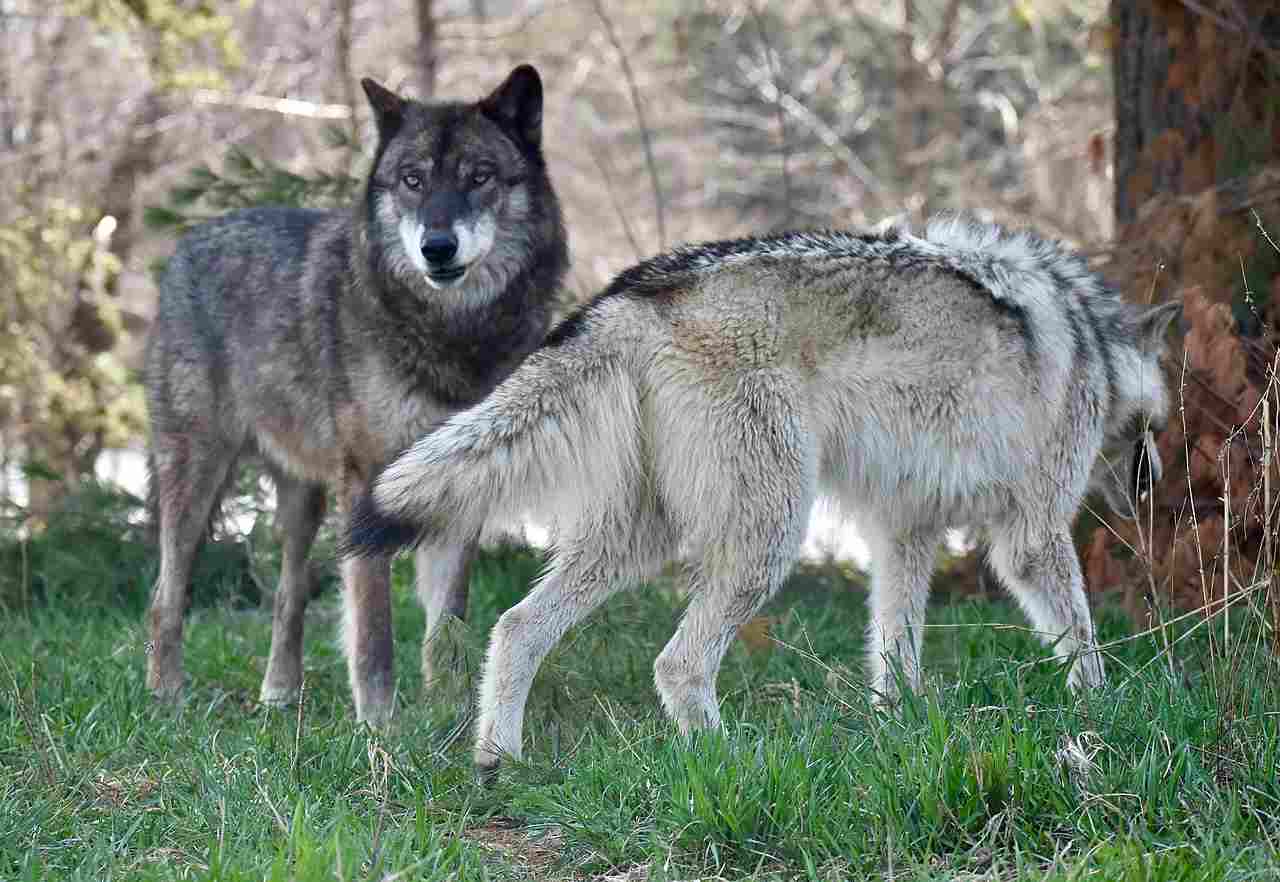
11). Reproduction
When comparing the reproduction of wolves and bears, there are several key differences to consider.
Firstly, in terms of their reproductive method, both wolves and bears are viviparous, meaning they give birth to live young. However, wolves have a shorter gestation period compared to bears. Wolves typically have a gestation period of around 63 days, while bears have a much longer gestation period that can range from 180 to 240 days, depending on the species.
In terms of the number of offspring produced, wolves typically have litters of 4 to 6 pups, although larger litters have been recorded. Bears, on the other hand, usually have smaller litters, with 1 to 4 cubs being the norm.
When it comes to the care of their young, both wolves and bears exhibit unique behaviors. Wolves have a strong sense of family and take turns caring for their pups. The entire pack contributes to the upbringing of the young, with older siblings often assisting in hunting and providing protection. Bears, on the other hand, are known for their protective nature and will go to great lengths to ensure the safety of their cubs. Female bears are particularly devoted mothers, providing constant care and protection until the cubs are old enough to fend for themselves.
12). Danger Posed to Humans
When it comes to the danger posed to humans, both bears and wolves can be potentially dangerous, but bears are generally considered to be more of a threat due to their sheer size, weight, strength, and ferocity. Bears have been known to come close to human settlements in search of food, and if they feel threatened or provoked, they can become aggressive towards humans.
While wolves are less likely to approach human settlements, they can still pose a danger if they feel threatened or if they have become habituated to human presence. However, the rate of human deaths caused by wolves is relatively low compared to bears.
If you encounter a bear or a wolf in the wild, it is important to take precautions to ensure your safety. In the case of a bear encounter, it is recommended to stay calm, avoid direct eye contact, and slowly back away without turning your back on the bear. If the bear charges, it is important to stand your ground and use bear spray if available.
When it comes to wolves, it is important to maintain a safe distance and avoid approaching or feeding them. If a wolf approaches you, it is recommended to make yourself appear larger, make loud noises, and throw objects to deter the wolf.
Therefore, while both bears and wolves can pose a danger to humans, bears are generally considered to be more dangerous due to their size and strength. It is important to take precautions and respect these animals’ space to ensure the safety of both humans and wildlife.
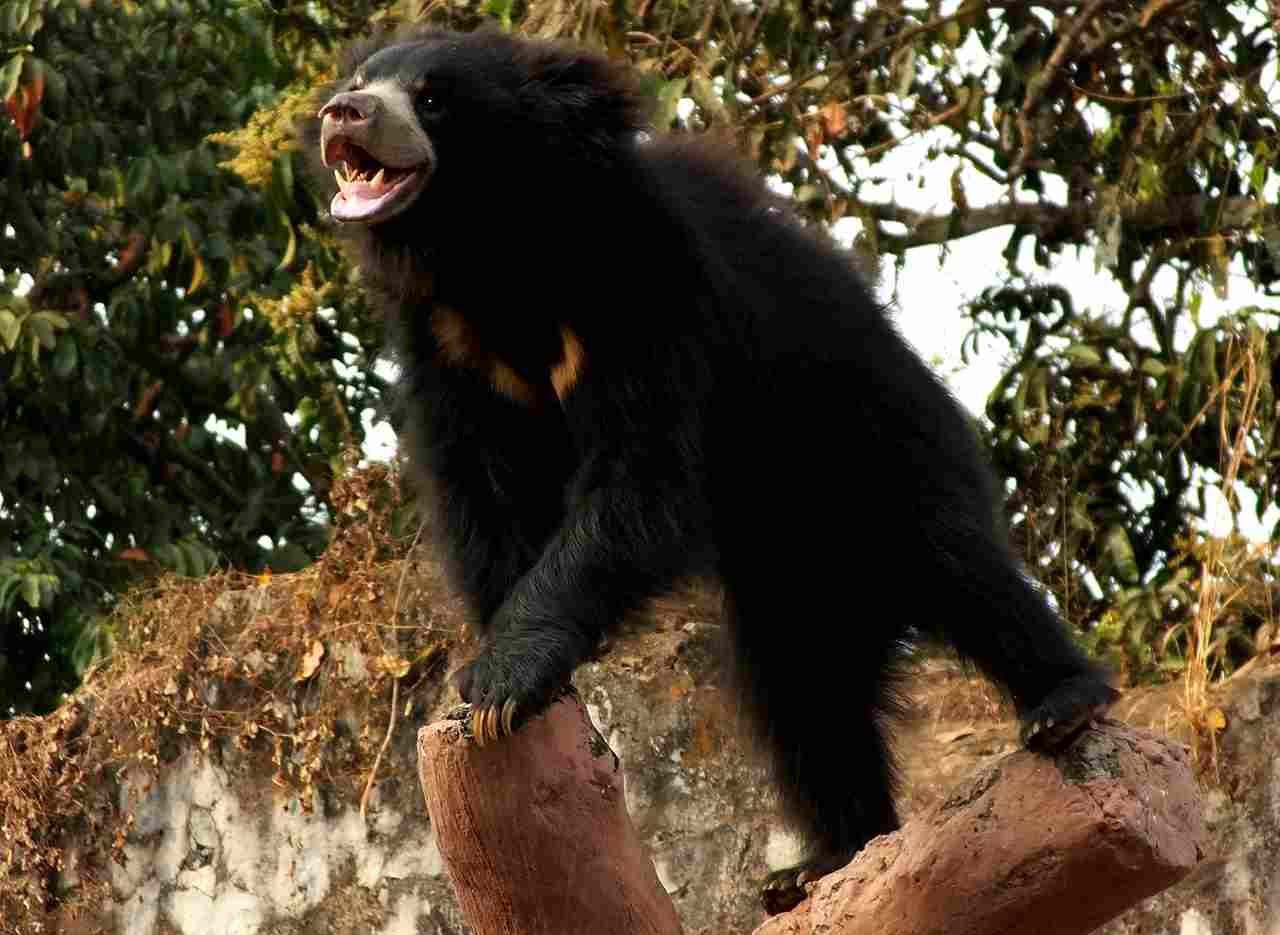
13). Intelligence
When comparing the intelligence of bears and wolves, it is important to consider their respective behaviors and problem-solving abilities. Both animals exhibit a high level of intelligence, but in different ways.
Bears are known for their adaptability and resourcefulness. They have been observed using tools, such as rocks, to break open beehives or access food sources. Bears also have excellent memory and can remember the location of food caches for extended periods of time. This ability to problem-solve and remember locations demonstrates their intelligence.
On the other hand, wolves are highly social animals that rely on complex communication and cooperation within their packs. They have a sophisticated social structure and exhibit cooperative hunting strategies. Wolves also display a remarkable ability to navigate and cover large distances during their migrations.
In terms of which animal is more intelligent, it is difficult to determine as their intelligence is specialized for their respective ecological niches. Bears’ intelligence is more focused on individual problem-solving and memory, while wolves’ intelligence is centered around social cooperation and communication.
14). Tracks
When comparing the tracks of bears and wolves, there are distinct differences that can help identify which animal has passed through an area.
Bears have large, round-shaped tracks with five toes that are often wider and more spread out than those of wolves. The size of the tracks can vary depending on the species of bear, with grizzly bears leaving larger tracks compared to black bears. The depth of the tracks can also indicate the weight of the bear that made them.
On the other hand, wolf tracks are more elongated and narrower than those of bears. Wolves have four toes and their tracks often appear in a straight line due to their efficient and direct way of walking. The size of the tracks can vary depending on the size of the wolf, with larger wolves leaving bigger tracks.
In terms of track patterns, bears tend to have a more random and meandering track pattern, reflecting their foraging behavior. Wolves, on the other hand, have a more purposeful and direct track pattern, reflecting their hunting and territorial movements.
By examining the tracks left behind, wildlife experts and enthusiasts can gain valuable insights into the presence and behavior of bears and wolves in a particular area. These tracks provide clues about the size, weight, and movement patterns of these magnificent animals, contributing to our understanding of their ecological roles and interactions within their habitats.
15). Conservation Status
When it comes to the conservation status of bears and wolves, both animals face significant challenges in maintaining their wild populations.
Bears, such as the grizzly bear and the polar bear, are classified as “threatened” or “vulnerable” species. Their populations have been greatly impacted by habitat loss, illegal hunting, and climate change. The destruction of their natural habitats, including forests and Arctic ice, has led to a decline in their numbers. Additionally, the demand for bear parts in the illegal wildlife trade poses a serious threat to their survival.
Wolves, on the other hand, are classified as “least concern” or “stable” in terms of conservation status. While they have faced historical persecution and habitat loss, efforts to protect and reintroduce wolves in certain regions have been successful. However, localized threats such as illegal hunting and conflicts with humans still pose challenges to their long-term survival.
Therefore, both bears and wolves face conservation challenges, but bears are generally considered more vulnerable due to their larger size and specific habitat requirements. Efforts to protect and conserve these magnificent animals are crucial to ensure their continued existence in the wild.
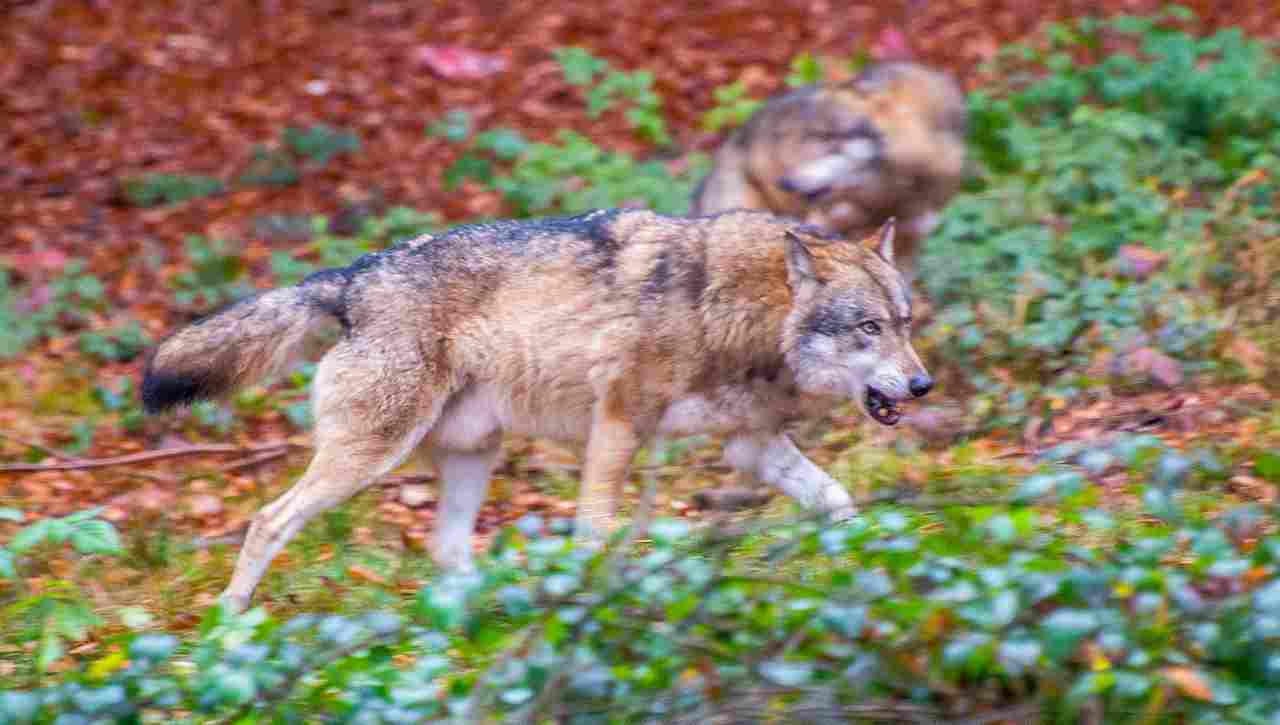
Conclusion
I). SIMILARITIES
In comparing bears and wolves, it is evident that these animals share some similarities. Both species are carnivorous mammals and play important roles in their respective ecosystems. They are also highly adaptable and have the ability to thrive in various habitats, including forests, tundra, and mountains. Additionally, both bears and wolves are social animals, living in family groups or packs, which allows for cooperative hunting and protection of their young.
II). DIFFERENCES
While there are similarities between bears and wolves, there are also notable differences that set them apart. One key difference is their size and weight. Bears are generally larger and heavier than wolves, with some bear species reaching weights of over 1,000 pounds. Wolves, on the other hand, are smaller and lighter, with an average weight of around 100 pounds.
Another significant difference is their hunting behavior. Bears are primarily omnivorous, feeding on a variety of plant matter, insects, and small mammals. They are opportunistic hunters and scavengers, while wolves are specialized carnivores, relying on hunting and preying on ungulates such as deer and elk.
While bears and wolves share some similarities, such as their carnivorous nature and social behavior, they also have distinct differences in terms of size, weight, and hunting behavior.


